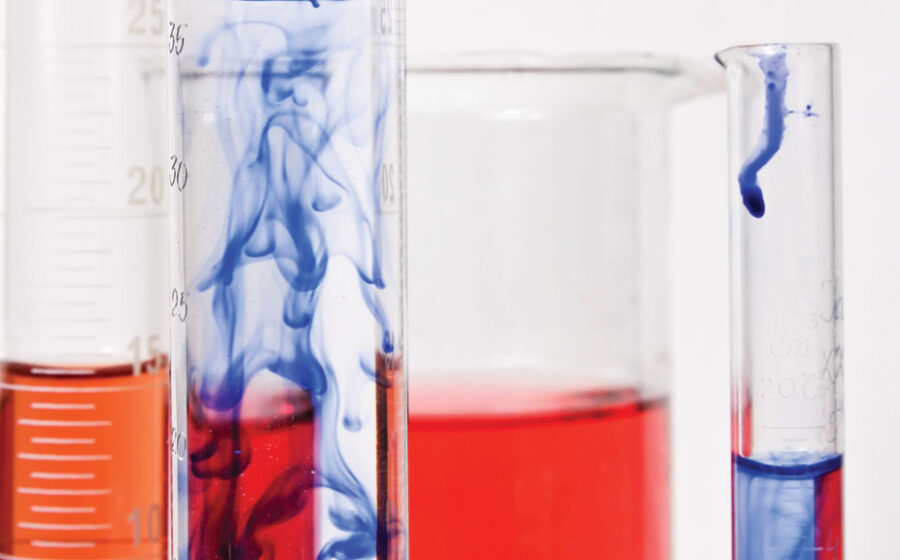(Photo: Horia Varlan.)
[T]itration is one of the most accessible methods for café owners and roasters to determine the metal and salt concentrations in their water. While there’s the option to send samples off to a local lab or university (if you have access to those resources), titration kits are readily available through aquatic supply stores.
Titration uses dyes to indicate a chemical reaction or a change in the pH of water. Through a simple color change, titration can give you a pretty good idea of how much calcium, magnesium, or bicarbonate you have in your water, though each one requires a separate test. Quantifying how much of a mineral is in your water takes a quick calculation based on how much dye you had to add to make a color change. (The process is simple, but it can get complicated, so we’ll spare you the details.)
The Red Sea’s Reef Foundation Pro Test Kit is a good place to start for titration kits—you can measure calcium, magnesium, and alkalinity (carbonate hardness) separately. Be sure to read kit labels carefully—many combine the calcium and magnesium reading to give general hardness (GH). If you’re feeling shaky in your titrating skills, check out YouTube for some great tutorials.
—Ellie Bradley is Fresh Cup‘s associate editor.









